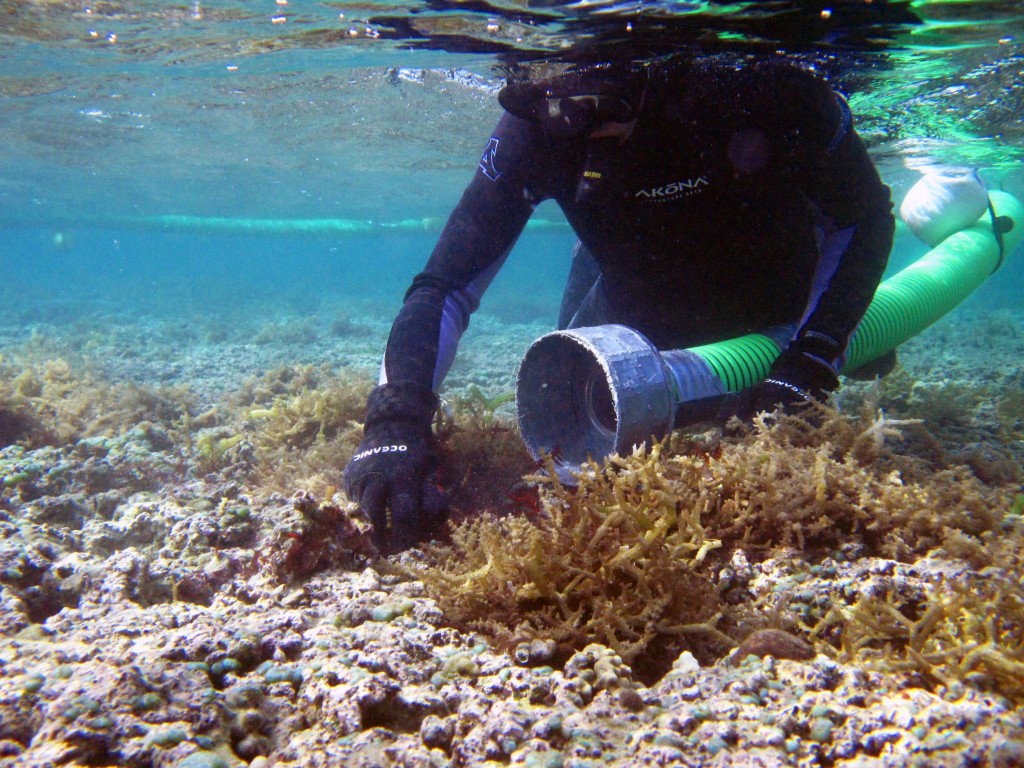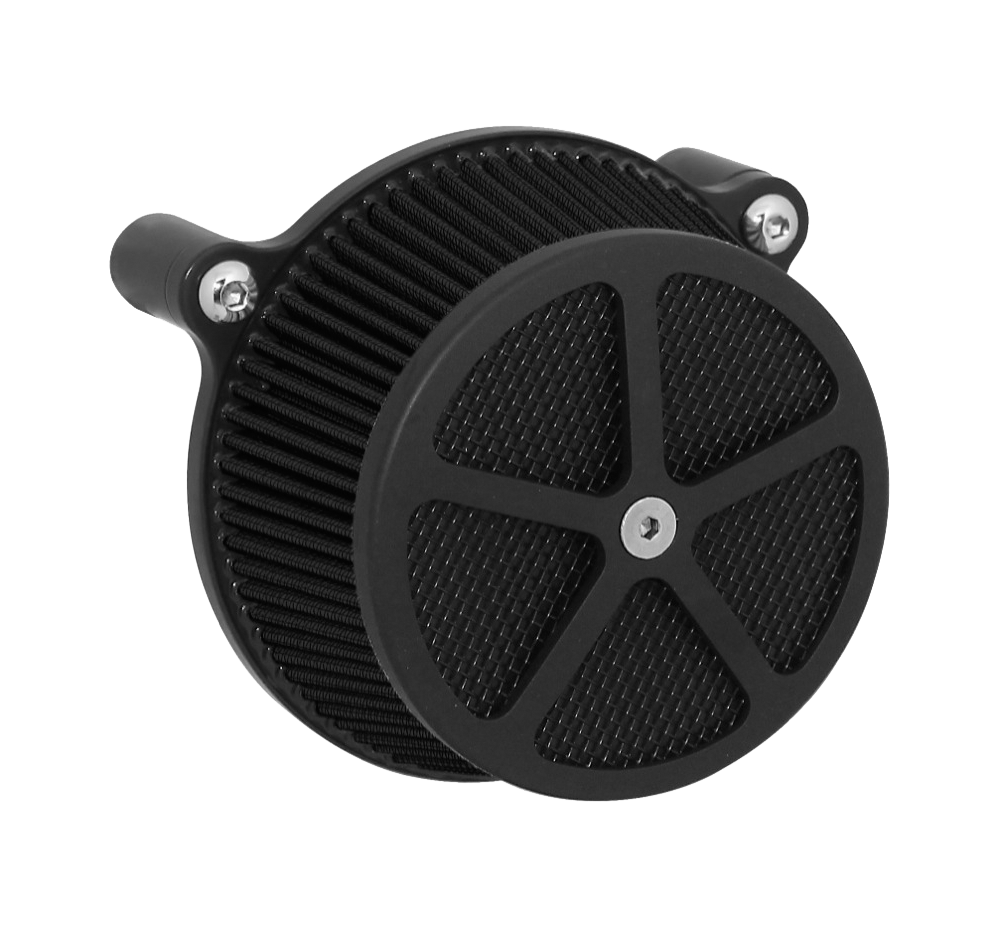
Others have strong negative feelings about the Endangered Species Act. Just as importantly, millions of acres of forests, beaches and wetlands – species’ essential habitats – have been protected from degradation. Scientists estimate that, without the Act, hundreds of species would have become extinct. Advocates consider it among the nation’s most effective laws. In some circles, the Endangered Species Act is one of the most popular laws ever enacted. The purpose of the Act is to conserve and recover species in danger of extinction so they no longer need protection under federal regulation.


The United States Congress passed the Endangered Species Act in 1973 due to the decline of many wildlife species. Efforts to recover June sucker, therefore, are focused on improving conditions for early life stages. The ability of hatchery fish to survive, grow, and reach sexual maturity in Utah Lake is evidence that the recruitment bottleneck for June sucker occurs in the early life stages. When June sucker raised in hatcheries are introduced into Utah Lake at sizes large enough to avoid being eaten by predators, they survive and can be found participating in annual spawning runs. This “recruitment bottleneck” is one of the primary reasons that June sucker are still listed as threatened. As a result, there is little to no natural “recruitment” of new adults to the June sucker population. Good rearing habitat is lacking in Utah Lake, however, so virtually all the larval June sucker are consumed or die from starvation in the first few weeks of their lives. As the larval fish drift downstream, they are vulnerable to predators and dependent on river flows to transport them to good rearing habitat. After hatching, the larval June sucker emerge from the gravel of the tributaries and drift downstream towards Utah Lake. June sucker eggs hatch in about a week, depending on the temperature of the water. Soon after spawning, adult June sucker return to Utah Lake. When June sucker reach reproductive maturity at five or six years of age, they swim upstream from Utah Lake to spawn, typically in May and June of each year. The life cycle of the June sucker begins in Utah Lake tributaries, primarily the Provo River. View a June sucker history Spawning & Overcoming the Recruitment Bottleneck State-listed as Species of Greatest Conservation Need: In addition to the June sucker, a number of other species in the Utah Lake ecosystem are listed as “threatened” or “sensitive."įederally listed as threatened or sensitive: Failure to recruit new adult fish to the population.

Predation or competition from non-native fish, particularly carp.Many factors contributed to the June sucker being listed as an endangered species, including: Thanks to the efforts of the JSRIP, the June sucker population has started to rebound, and the species was officially “downlisted” from its current endangered to "threatened" status meaning that certain restrictions can be relaxed or eliminated. This triggered a broad effort to prevent the species from dying out. Numbering in the millions in the 1800s, the June sucker population had dropped to fewer than 1,000 by the mid-1980s. The June sucker was listed as an endangered species in April of 1986.


 0 kommentar(er)
0 kommentar(er)
